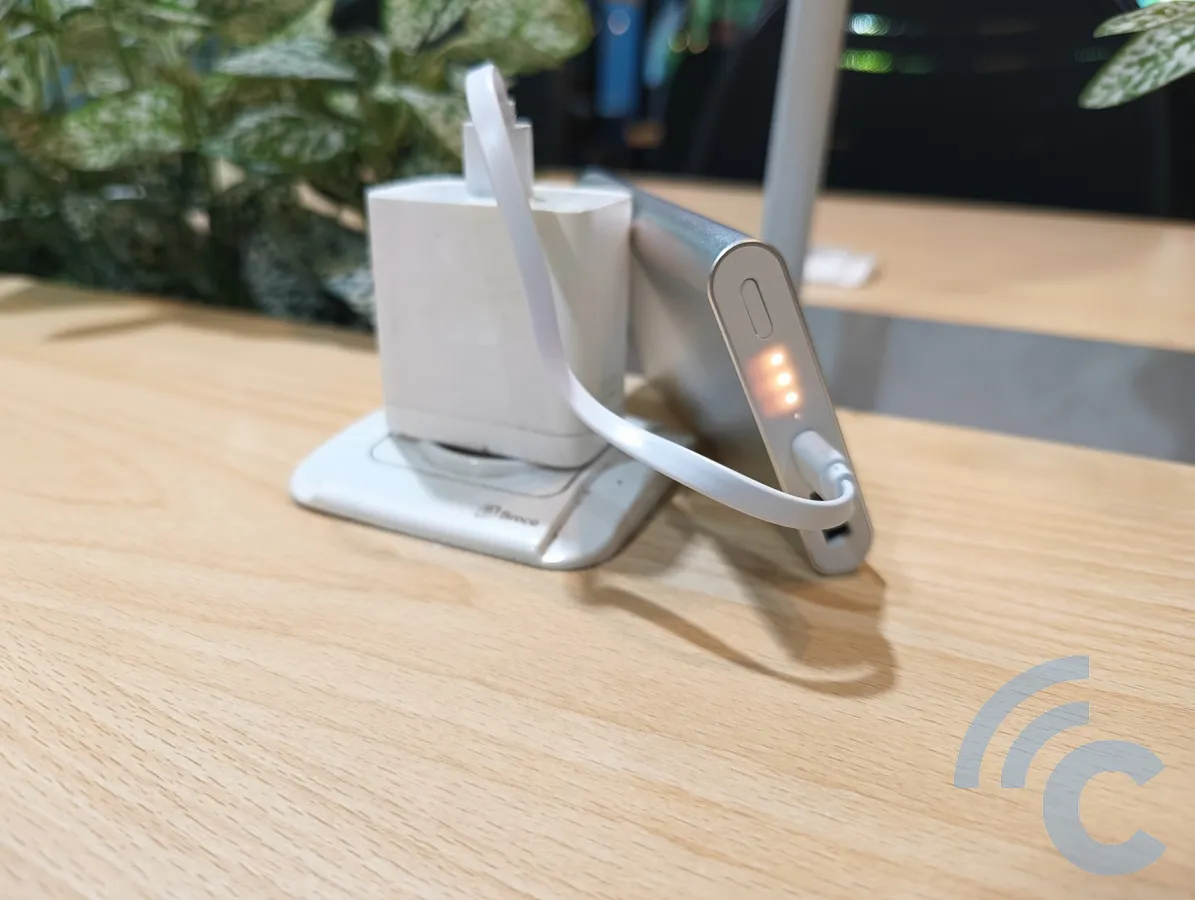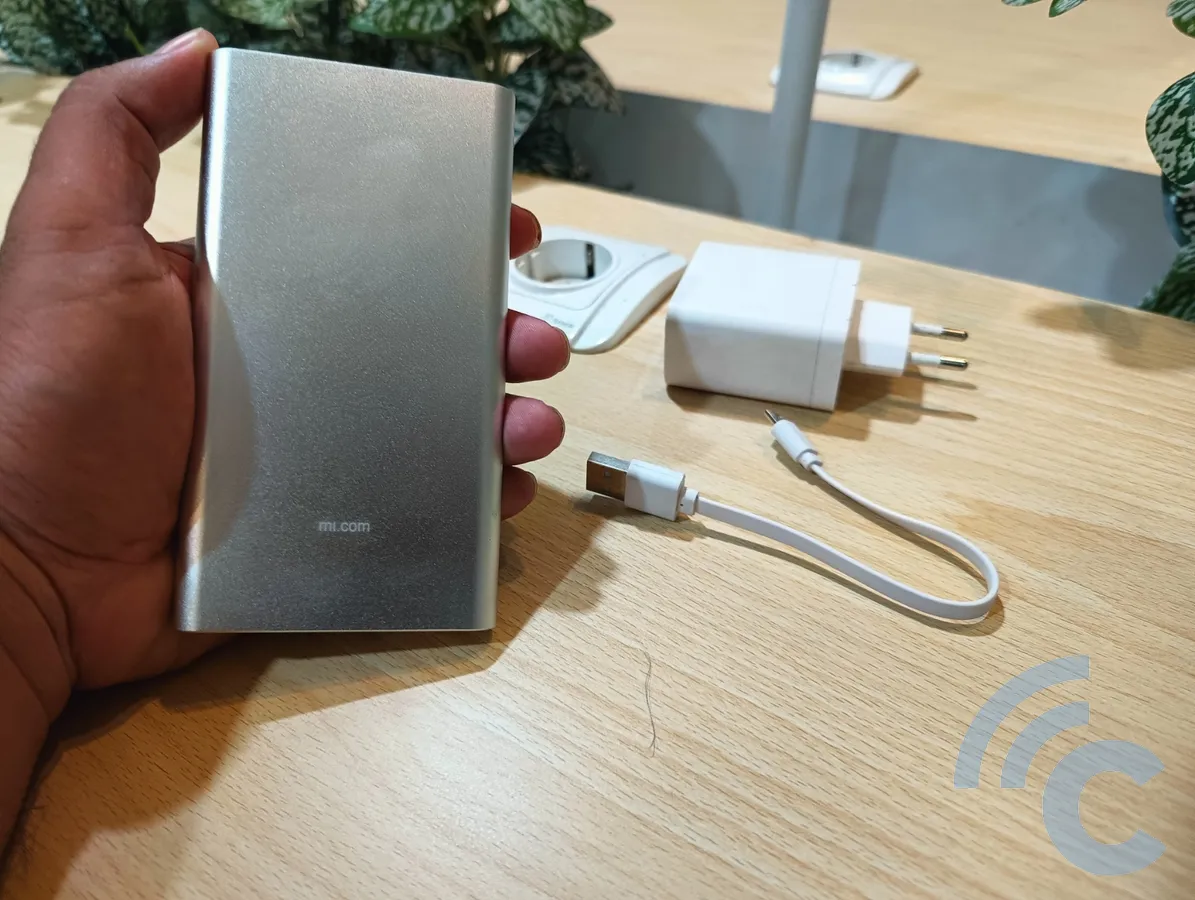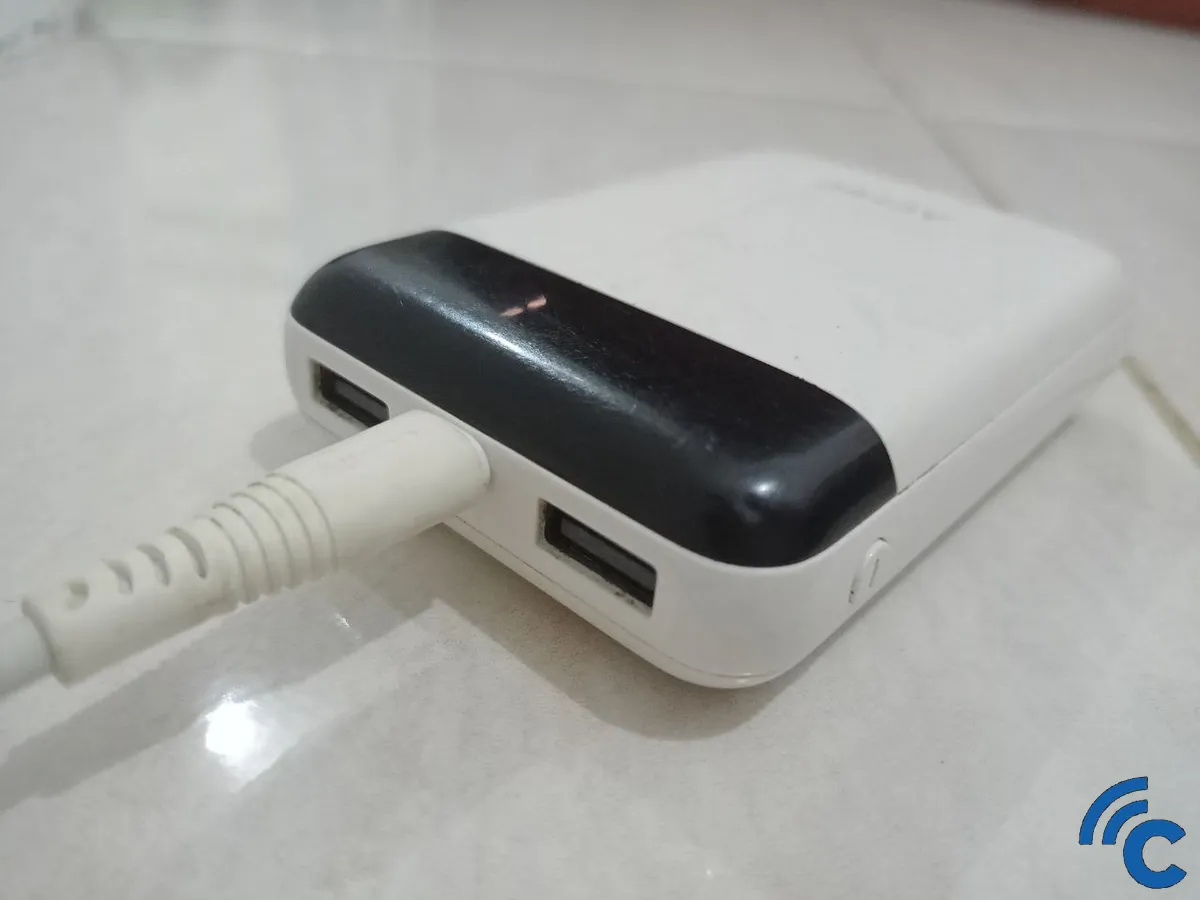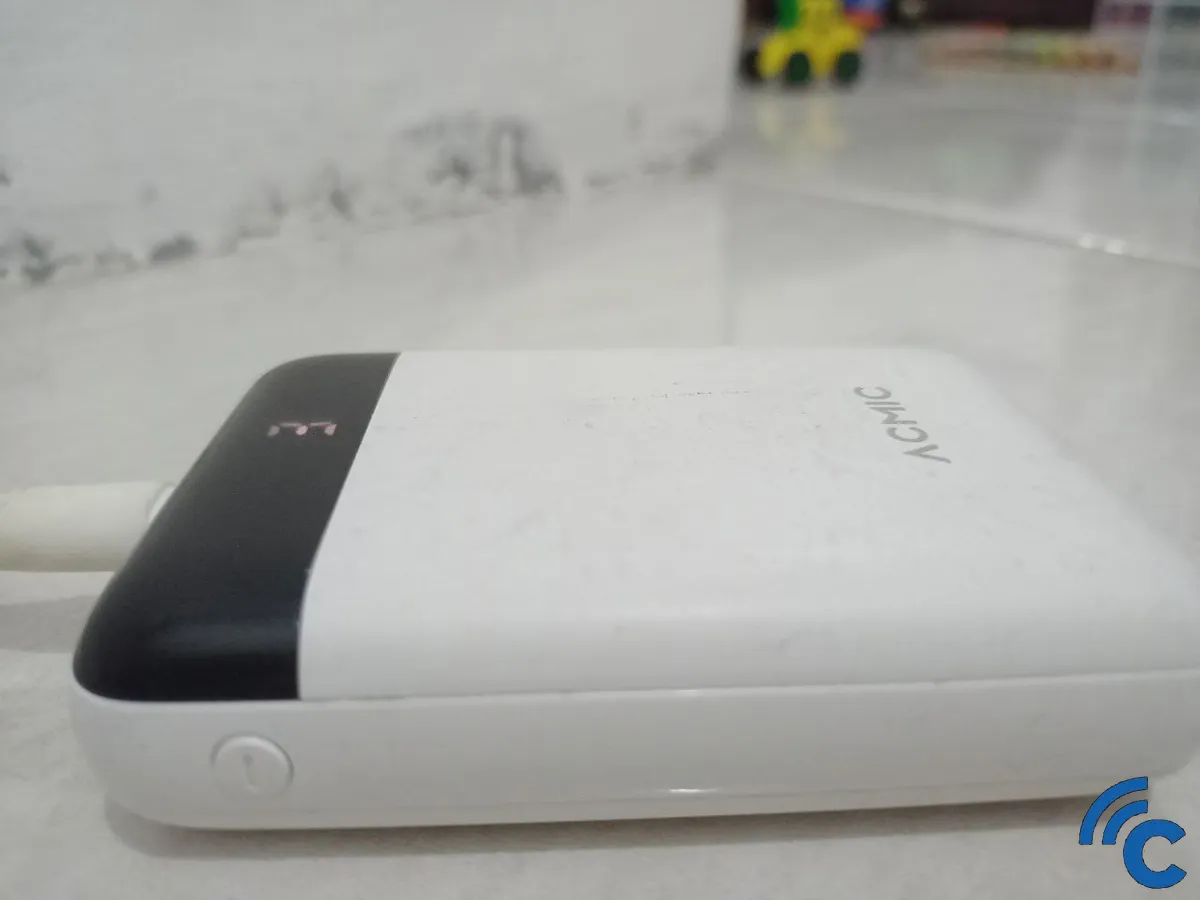5 Proper Ways to Charge A Power Bank to Keep it Live Longer
Power banks have become increasingly popular as more people use gadgets, especially smartphones. They come in handy when you can't find a place to plug in your phone, like when you're traveling and your phone's battery dies—this is when a power bank can be a lifesaver.
With the growing demand, the market is flooded with power banks of various brands, capacities, and price ranges. Unfortunately, this also includes counterfeit power banks (which you need to watch out for). It's important to be able to tell the difference between authentic and fake power banks.
Despite their popularity, many people lack basic knowledge about charging power banks. Some assume that as long as they plug in their power bank until it's fully charged, that's all that matters.
However, this is a misconception. Incorrect charging practices can quickly damage the power bank and may even have a negative impact on the smartphone battery that it frequently charges.
To address this, Carisinyal provide a comprehensive guide on how to correctly charge a power bank. This guide will include additional information related to the charging process of power banks. So, let's keep reading for more information.
1. Charge it Using Electrical Wall Sockets

To charge your power bank, you can plug it into different power sources. But for the fastest and most efficient charging, it's best to use a wall outlet. This can help charge your power bank as quickly as possible.
However, if you're traveling and can't find an outlet, you can use your fully-charged laptop as a backup. However, keep in mind this is just a temporary fix for when you really need it because it's not as efficient.
Charging from a laptop takes more time, and once the laptop's battery is used up, you won't be able to charge your power bank until you can plug the laptop into a power source again. So, use this method only in emergencies.
2. Use The Original Charger and Cable

When you're charging your power bank from a wall outlet, you'll need to use a charger head. Do use the charger that came with your power bank, not a non-branded or counterfeit one.
Non-original chargers can be risky; they may not provide consistent power, which can be dangerous, and they often don't charge your power bank as quickly or as effectively as the original one.
The same goes for the cable. Using the original cable, or one that's specifically made for it, is best. Cables that aren't from the original manufacturer might seem like a small thing, but they can cause big problems.
They can wear out quickly, and sometimes they can become a fire hazard if they start to fray or overheat. So, it's always safer to stick with the original cable or one that the power bank's brand has approved.
3. Charge when It's Below 25%

Power banks come with a battery capacity indicator, which can either show a percentage or use a set of lights to represent the charge level. It's actually easy to read the capacity on those displaying a percentage; the lower the number, the lower the remaining power.
For power banks using a four-light system, all lights on indicate a full charge, while one light or none suggests it’s time to recharge your power bank.
The ideal time to charge your power bank is when its capacity falls below 25%, or when only one light is illuminated. Avoid charging when three or four lights are on, as this could be unnecessary and may shorten the lifespan of your power bank.
It’s important not to let your power bank completely drain before recharging. Allowing the power bank to fully use up could harm the battery components. In some cases, if a power bank is completely drained, it sometimes won't turn on again.
4. Avoid Charging Your Power Bank Overnight

It's important for you to read the instruction manual coming with your power bank to know how long it takes to charge it fully. You shouldn't leave your power bank plugged in once it's fully charged.
Not all power banks are designed to stop charging automatically like smartphones do. Leaving your power bank connected to the charger after it's full can degrade its ability to hold a charge over time.
Moreover, overcharging can cause the power bank to swell. This happens due to electrolyte decomposition, a chemical reaction inside the power bank that generates gas, causing the unit to expand.
If you notice your power bank is swelling, stop using it immediately, as it could potentially lead to dangerous outcomes like bursting or catching fire.
You should unplug the power bank when the indicator shows it's full, based on the charging time specified in the instruction manual. If there's no specified time, you can estimate it.
For instance, a 6,000 mAh power bank usually takes about 8 hours to charge, assuming a rate of 1,500 mAh every 2 hours. If you're unsure about the charging time for your power bank, this is a general formula you can apply.
Remember, there's no one-size-fits-all charging time because power banks vary in capacity, amperage, electrical efficiency, and construction materials. However, it's a good rule of thumb that the larger the capacity of the power bank, the longer it will take to charge.
5. Charge It in a Safe Environment

Last, charge your power bank in a safe location. Avoid places that are extremely hot or very cold, as extreme temperatures can harm the battery inside your power bank.
For instance, charging it in direct sunlight or even just leaving it in a hot car can be risky. Extreme heat can damage the power bank's internal components, and in some cases, it can be hazardous.
To keep your power bank working well for as long as possible, find a cool, dry place away from direct sunlight or extreme cold when you need to charge it. Using a protective case specifically designed for your power bank can also help safeguard it from damage.
Understanding these guidelines will help you charge your power bank more effectively and safely. With proper care, you can avoid issues like your power bank losing its charge too quickly or getting damaged shortly after purchase.
